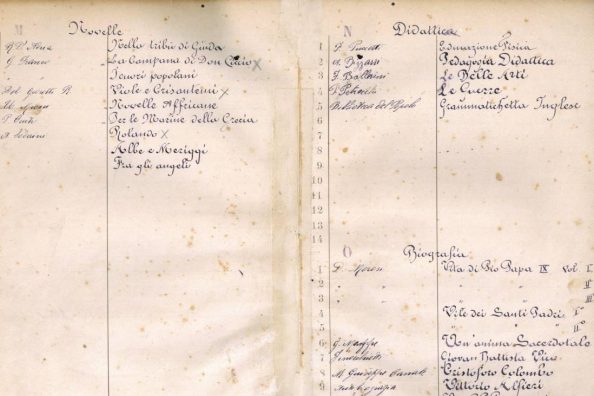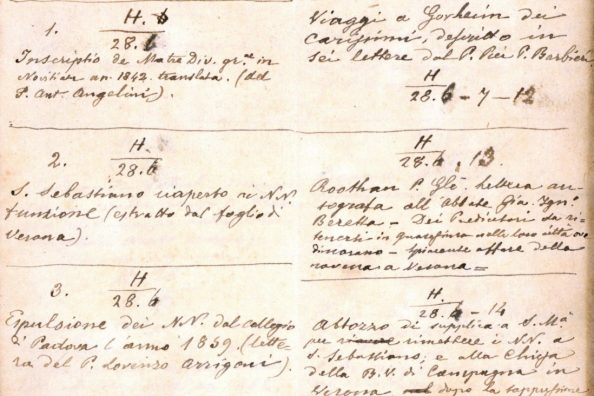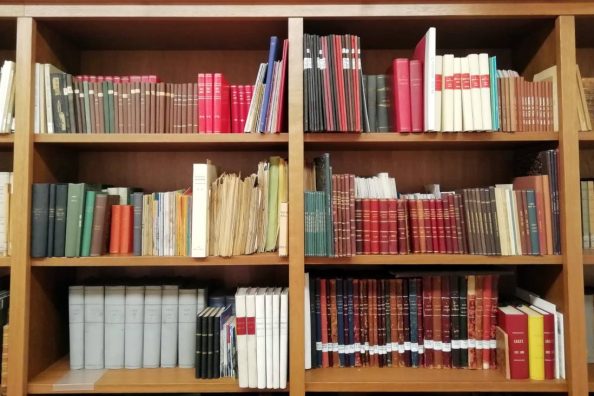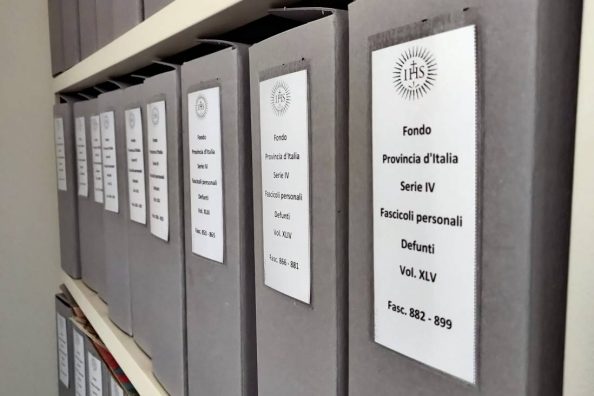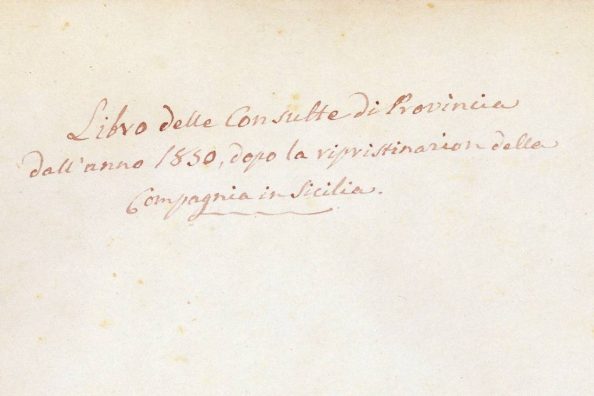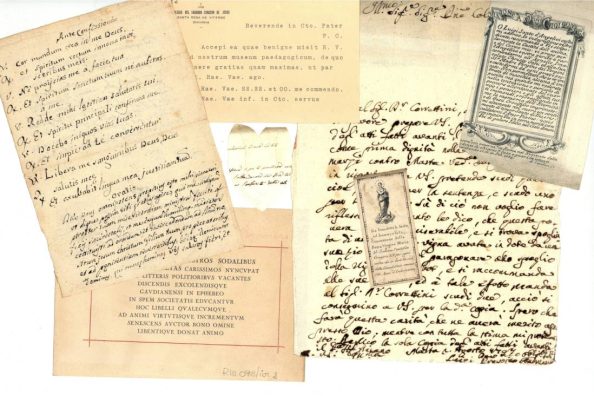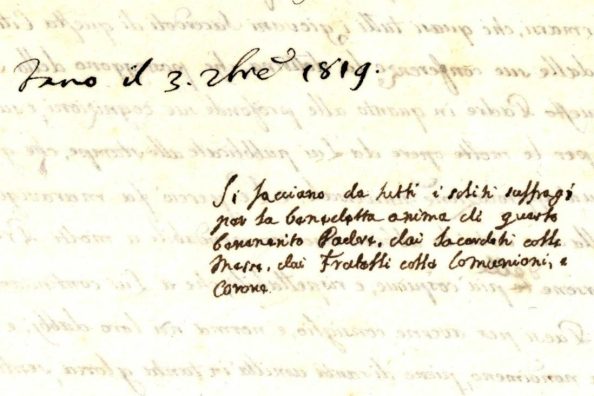Jesuits and youth. A male-dominated world?
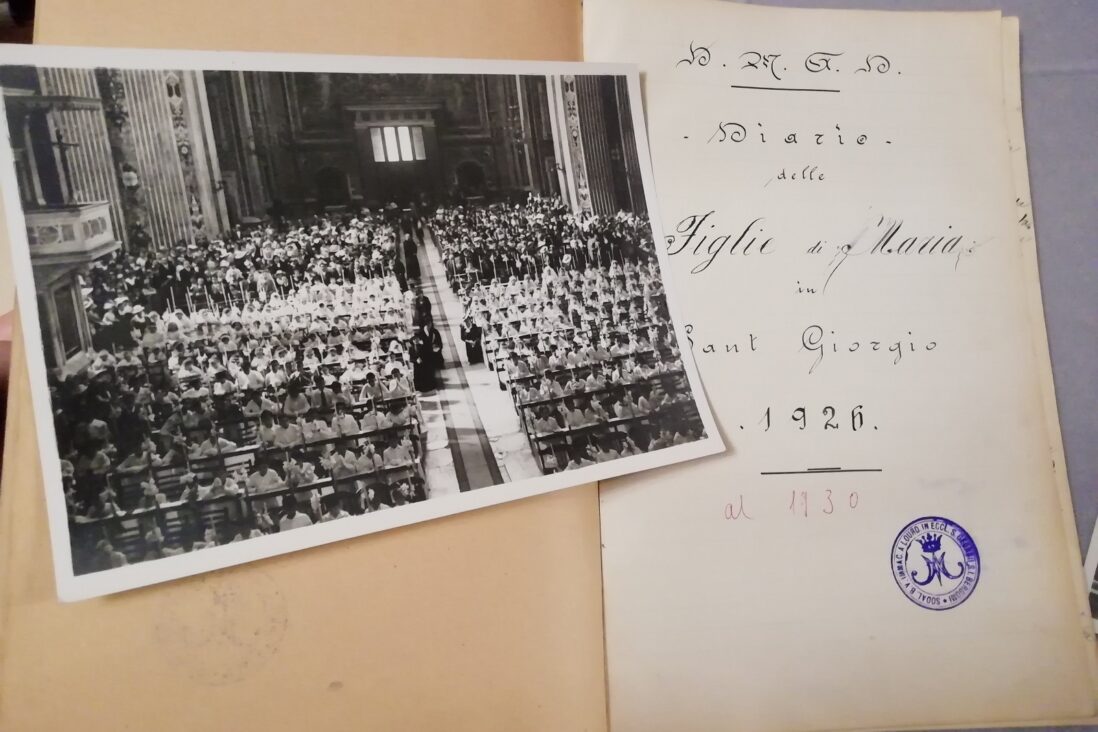
Priests, brothers, professors, prefects, boarders: that of the Society and the youth historically assisted by the Jesuits seems to be an exclusively male world. Was it really?
The Jesuit order is an exclusively male order, as there is no Jesuit women’s religious congregation, although there are several of Ignatian inspiration.
The colleges of the Society of Jesus, historically, were intended for the education of boys and young men; girls were assigned schools and colleges often run by women’s congregations. Girls’ education, in previous centuries, was considered unnecessary for most girls, only becoming compulsory in the 20th century.
This begs the question: was it an exclusively male world?
The historical archive sources come to our aid this time too, telling us about institutions linked to specific historical contexts, evolutions and even unexpected surprises.
While it is true that in many colleges of the Society of Jesus girls or girls never studied, as in Loreto, Livorno, Strada, Villa Mondragone, in others there are mixed classes.
The colleges that have ‘survived’ through history, such as the Maximilian Maximus Institute in Rome, the Leone XIII in Milan, the Sociale in Turin, the Pontano in Naples, the Ignatianum in Messina and the St. Aloisius College in Malta, have also opened their doors over time to girls and young women, giving rise to mixed classes, since the end of the 1970s.
There also seems to be an exclusively male presence in oratories, but this too is due to historical contextualisation: the S. Giuseppe oratory in Florence, for example, was active mainly in the first half of the twentieth century with the aim of assisting at-risk children and also teaching boys a trade as well as giving them a place to play.
The Bergamo Oratory, on the other hand, active until the 2000s, had seen many girls and young women enter, many of them passionate readers and editors of the oratory magazine.
The Jesuits were also in charge of some parishes and it was here that girls and boys, depicted in the photograph of a First Communion at the Gesù Nuovo in Naples although divided into groups, were involved in catechism.
If boarding schools and oratories became more and more receptive to the female school population, including female teachers, professors and headmasters, there were some institutions that never shied away from women.
The Marian congregation, which this column has often dealt with, had both male and female sections.
The photograph shows the frontispiece of the ‘Diary of the Daughters of Mary’, the women’s wing of the Marian congregation in Bergamo.
In the course of the 20th century, several Jesuit-related institutions sprang up that quickly united the men’s section with the women’s: the Student Missionary League, CIDROS, the Ragazzi Nuovi group, the MEG.
In the boarding schools, First Communion was celebrated for both boarders and sisters or relatives, there are several photos that testify to this.
At the boarding schools there were also active, and in some cases still are today, associations of boarders’ mothers, whose spiritual care was entrusted to one of the boarding school Jesuits.
Maria Macchi

